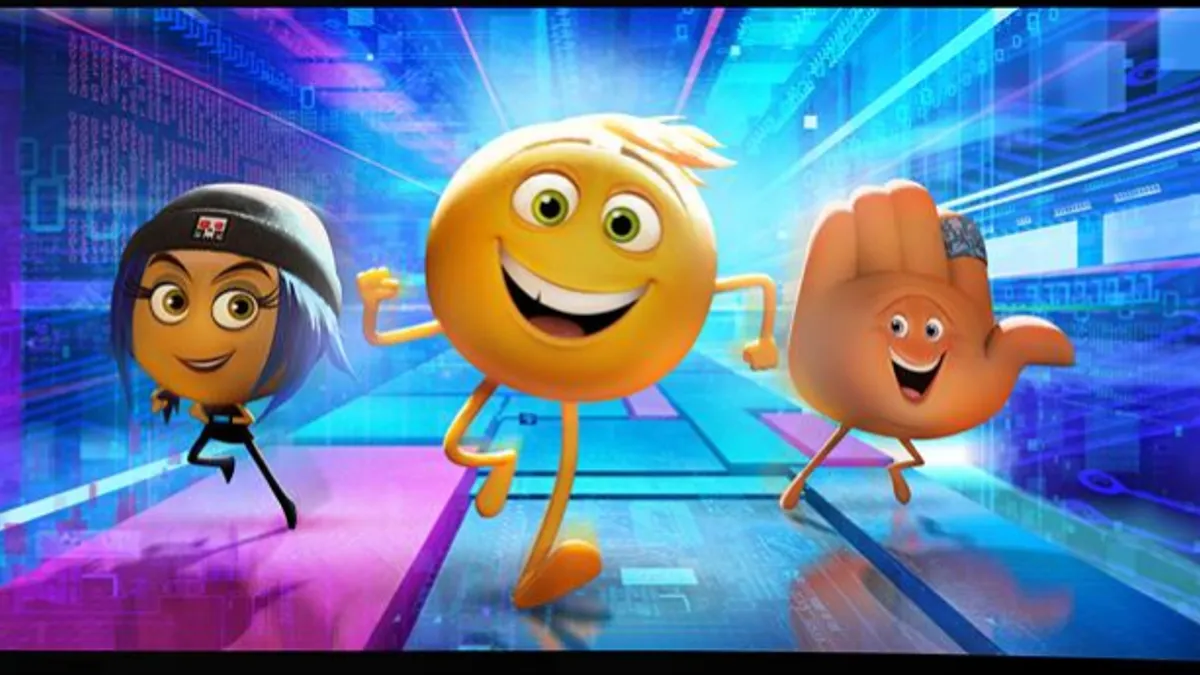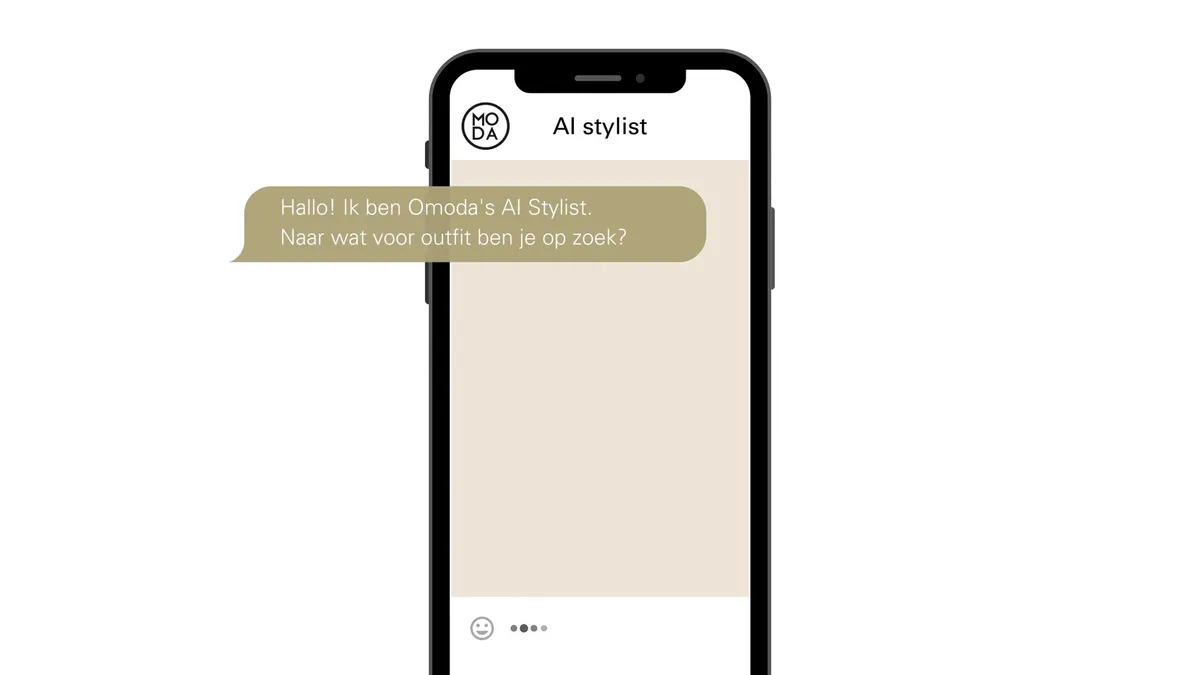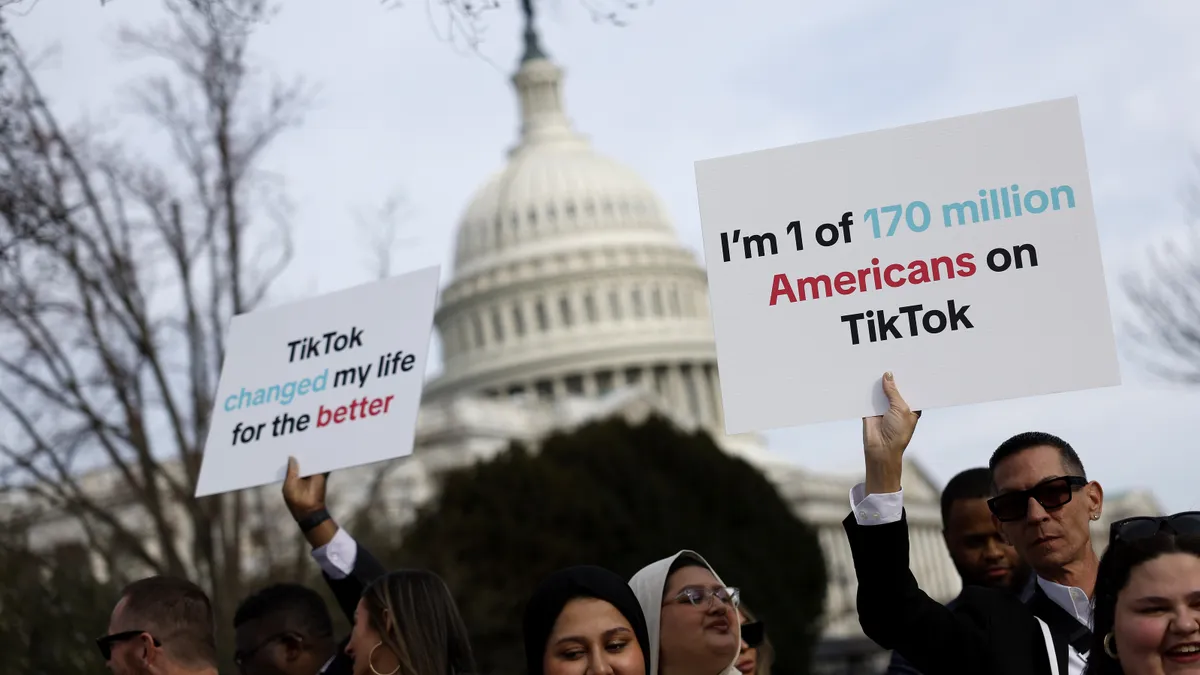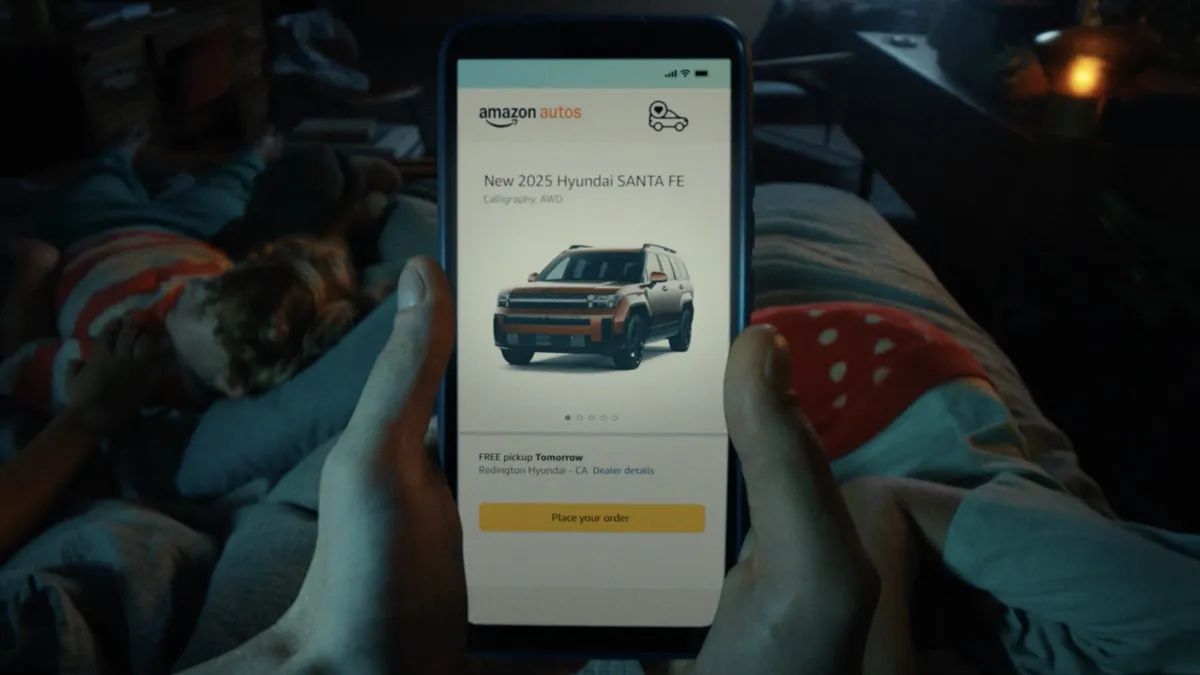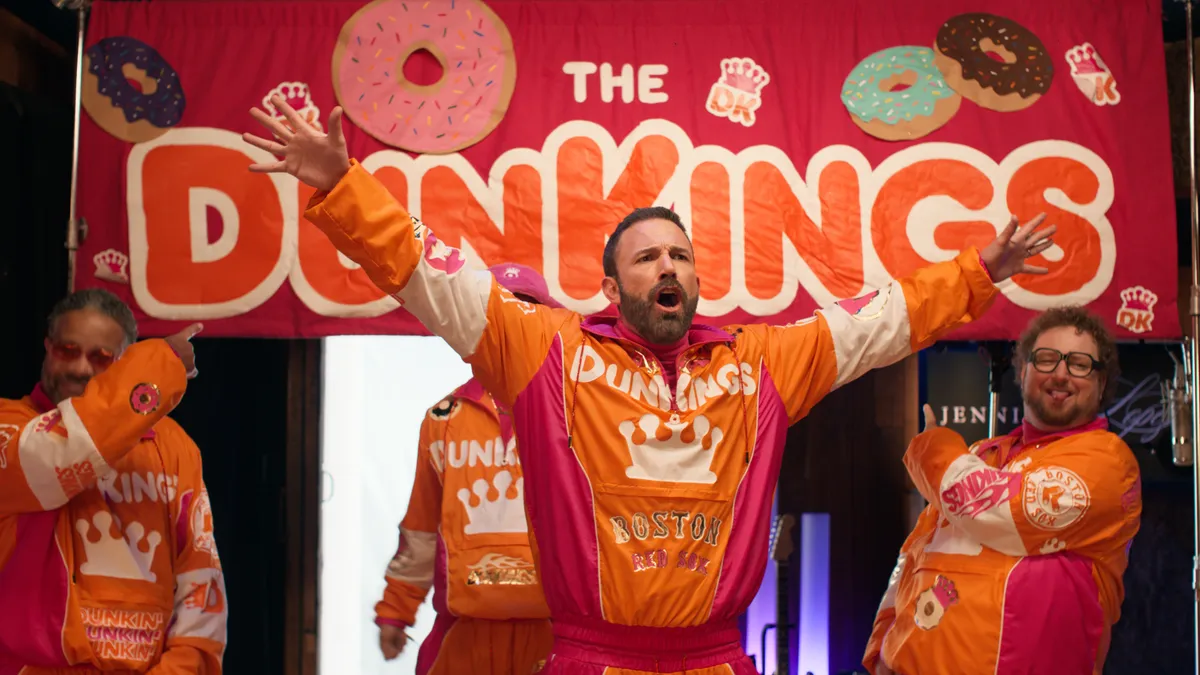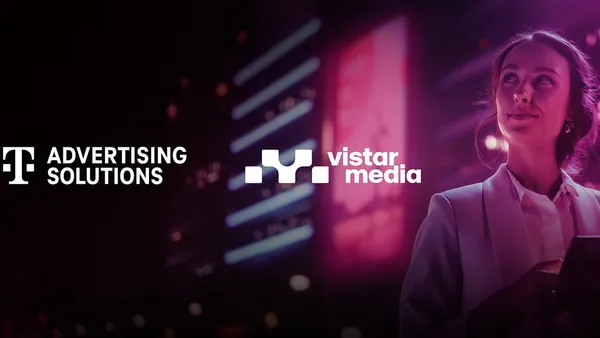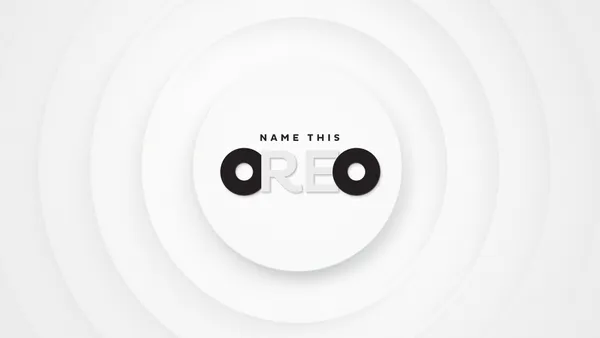Emojis, a staple of messaging app fans, have become so popular that a feature film is being made about them. But, even as the digital icons have picked up traction alongside the skyrocketing growth in messaging apps, some marketers are still unsure how to leverage them as anything other than a gimmicky text alternative.
Customer messaging marketing campaigns including emojis were up 609% between June 2015 and 2016, hitting 800 million emoji messages total, according to Appboy, which has been conducting ongoing research into emoji use. The increase was even more pronounced in Android push campaigns, which showed an 848% lift.
In turn, there's been a ramp-up in mind share and investment put toward better leveraging emojis and similar messaging tools. Last fall, GoDaddy launched a search engine for emoji domain names after Samoa's top level domain — .ws — began supporting emojis in its code. And just last month, mobile messaging platform Emogi teamed with Moat to bring marketers better measurement on emojis, stickers and GIFs. Despite these gains, marketers have some work to do before their use of emojis matches its potential, with targeting, context, frequency and content all areas where improvements could be made.
"I think it’s not too much to say that emojis are omnipresent," said Julian Gottke, communications manager at quintly. "They are used in private communications as well as increasingly often from brands."
Not just for the kids
What might come as a surprise for many marketers is that, despite frequently being slapped with the kiddie label, emoji appeal isn’t strictly limited to an age demographic.
"What we have found is that emojis are loved by people of all ages," said Marissa Aydlett, VP of marketing at Appboy.
Sixty-four percent of consumers surveyed by Appboy like or love emojis, compared to only 6% who dislike or hate them, per Aydlett. And consumers are exposed to emojis regularly in their everyday life, with 87% using them for personal texting and messaging and 68% receiving a message with emojis once a day or more.
Part of the reason for emoji's explosive and wide-spanning popularity is mobile, which has driven an individualized need for relevance with every customer having a different personal ecosystem of devices, habits and journeys with a brand, according to Aydlett. And Gottke pointed to quintly’s Instagram emoji study that found an increase of interactions on all posts for all profile sizes.
Emojis are brand-agnostic — but context matters
Just as emojis are no longer relegated to use in any one demographic group, emoji marketing isn’t limited to any particular business sector. Retail and commerce industries, in particular, have seen the largest growth with emojis, especially around major marketing moments like the holidays, according to Appboy.
However, emojis, as a creative tool, are still in their infancy and more experimentation is required before best uses can be prescribed to most industries.
"It’s more about the context brands use the message in than anything else," said Aydlett. "What was the campaign, when was it sent, did it deep link into a relevant place in the app? Brands must still remember the fundamentals."
A follower of a travel blog, for example, might be more receptive to emojis than someone following a bank or insurance brand, per Gottke. But using emojis could surprise followers, leading to higher interactions for business sectors that have difficulty publishing personal content.
However, emojis probably shouldn’t be an important element in customer support questions or other problem-solving communications, according to Gottke.
Proper implementation
The ability to stand out might be one of the strongest arguments for using emojis in marketing messaging. SMS and social media are the best channels for emoji marketing, according to Aydlett, but that doesn’t mean customers won’t respond to email, push notifications or in-app messages that contain them.
In fact, because recipients aren’t necessarily expecting to receive emoji messages in those channels, there is an opportunity for brands to really stand out.
That doesn’t mean marketers should automatically embrace emojis in brand messages.
"Brands should exercise caution when it comes to any type of new marketing," said Aydlett. "If you start off flooding users' inboxes or notification centers with emoji-packed messages, you run the risk of turning them off."
A better approach is to start slow and limit emoji use to a subset of total messaging to get customers used to receiving that type of outreach as well as give marketers a better sense of what type of emoji messages resonate with audiences.
For brands looking to get started implementing emojis as a marketing tactic, Aydlett laid out some general ground rules to follow:
- Don’t forget about possible emoji fatigue and oversaturation
- Do continue to monitor the trends
- Don’t overuse emojis in campaigns
The exec also addressed how to avoid going overboard:
- Keep an ear to the ground via feedback loops. Watch campaign analytics, any negative reactions like decreased engagement with messages, and test and iterate.
- Only use emojis (and all messaging tactics) to connect authentically and usefully with an audience.
'Brevity is the soul of wit'
Among brands that are effectively using emojis, Aydlett mentioned Domino’s, Tinder as well as movie promotions by Disney, Time Warner and 20th Century Fox. In these examples, and in any successful campaign tapping the tool, emojis really shine in their ability to make messaging concise.
"Brevity is the soul of wit — and also the key to effective push notifications,” said Aydlett. “Messages in this channel that clock in under 25 characters have the highest conversion rates in both iOS and Android, giving marketers a major incentive to keep things brief.
"Because emojis only count as two characters each, they’re an elegant way to convey more information in a shorter amount of space, letting you send brief messages that still convey the fullness of what you’re trying to communicate," she added.
Emojis can soften the tone of written copy and provide richer context in mobile communications where intent can be tricky to convey, per Aydlett. For example, a push notification announcing a sale can come off as aggressive, but a few well-chosen emojis can make those tactics more appealing and approachable without distracting from their purpose.
"Every brand should try and use emojis — essential here is to measure the performance of the posts," said Gottke. "Set social media KPIs to be sure what worked well and what did not. Through this approach, every company can figure out for themselves if emojis — and other tactics — work or not."


